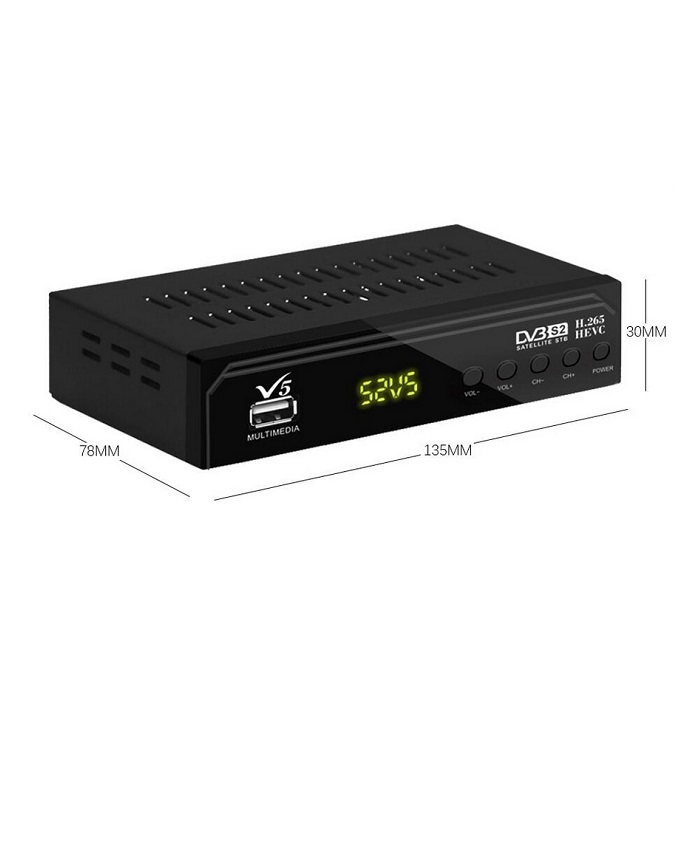

A single frame of high definition (1920x1080) video in full color (4 bytes per pixel) is 8,294,400 bytes.

Imagine the amount of data needed to store uncompressed video:

Str_codec += temp_str.This guide introduces the video codecs you're most likely to encounter or consider using on the web, summaries of their capabilities and any compatibility and utility concerns, and advice to help you choose the right codec for your project's video.ĭue to the sheer size of uncompressed video data, it's necessary to compress it significantly in order to store it, let alone transmit it over a network. Str_codec += temp_str.length = 2 ? temp_str : '0' + temp_str Temp_str = (inBA.toString(16)).toUpperCase() # skip forward by 91 bytes to get codec SPS details # codec type can be "avc1" or "hev1" or "hvc1" # skip forward by 16 bytes to get codec type # check if next following 3 bytes are the required values # look for starting "s" (is byte value 0x73) # auto stop if "stsd" not found after 32 kilobytes Let idx = 0 //# index (position) in bytes If ( = FileReader.DONE)įileBytes = new Uint8Array( ) Path = (window.URL || window.webkitURL).createObjectURL(file) Var myvid = document.getElementById( 'myVideo' ) ĪddEventListener("load", on_page_Ready ) ĭocument.getElementById('choose_video').addEventListener('change', onSelectFile, false) įile = //# FileList object Var file //# a File object (using Reader) Var fileBytes //# is updated to: uint8Array Var temp_int = 0 var temp_str = "" var temp_arr = Here is an example using a selected (local) file which is read into an Array via FileReader API.
#H 265 hevc videos mp4
Read the data into an Array and then search that Array for the stsd section, which is where MP4 keeps the Sequence Parameter Set (SPS) of the H264 data, from that section you can get extract the codec info.ī) From that position, skip +16 bytes to find either avc1 or hev1.Ĭ) From the +16 pos, skip forward from here +91 to get the SPS (3 bytes). This means getting a chunk of the file's bytes (for example getting the first 64kb or last 64kb, depends if MP4 header is at front or back of file). Check file bytes for codec type (then do step (1) to confirm playability) If( vid.canPlayType('video/mp4 codecs="hev1"') )Įlse if( vid.canPlayType('video/mp4 codecs="avc1"') ) var vid = document.getElementById("myVideoElementID")

Use canPlayType to check codec compatibility. ( ie: convert your chosen one into Angular syntax/code) Is it possible without an external library to detect if the browser supports a video and specific codec?įor checking if a codec is supported via JavaScript, see if the options below are useful to you: Your browser does not support the HTML5 Video element. However I am also not seeing the error event.įor fun I attached the onplay event as well to make sure that events are firing. Next up I tried to listen for the error event So in the case of Chrome which does support video, the fallback is not executed, but the video will fail to play. However I learned that the fallback only works if the browser does not support video. A good example is trying to detect that Chrome cannot play H.265/HEVC encoded video.īrowser does not support the HTML5 Video element. I am trying to detect when a browser will not play a specific video.


 0 kommentar(er)
0 kommentar(er)
